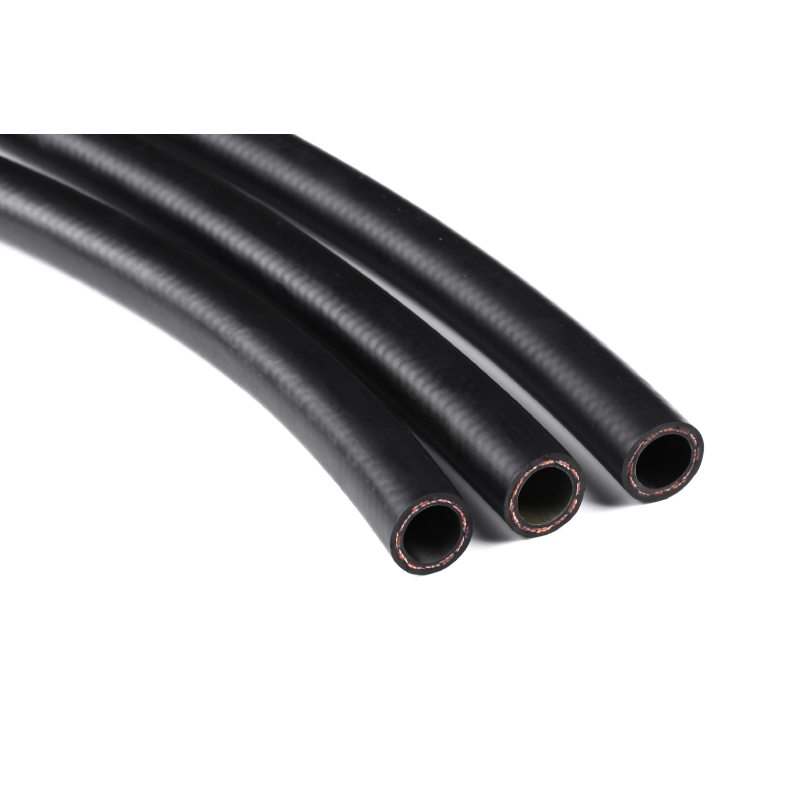Durable and Versatile Flexible Brake Hose for Enhanced Vehicle Performance
Dec . 05, 2024 03:10 Back to list
Durable and Versatile Flexible Brake Hose for Enhanced Vehicle Performance
The Importance of Flexible Brake Hoses in Automotive Safety
In the realm of automotive engineering, safety is paramount. One of the critical components that contribute significantly to vehicle safety is the flexible brake hose. As vehicles become more sophisticated with the integration of advanced braking systems, the role of flexible brake hoses has become increasingly vital. This article delves into the importance, functionality, and maintenance of flexible brake hoses in ensuring safe vehicle operation.
Understanding Flexible Brake Hoses
Flexible brake hoses are essential components of a vehicle's braking system. These hoses connect the rigid brake lines to the brake calipers or wheel cylinders at each wheel. Their flexibility allows for the necessary movement of the suspension and steering components without compromising the integrity of the braking system. Typically made from rubber or synthetic materials, flexible brake hoses are designed to withstand high pressure and resist corrosion, heat, and various environmental factors.
Functionality in Braking Systems
The primary function of flexible brake hoses is to transmit hydraulic fluid from the brake master cylinder to the brakes at each wheel. When the driver presses the brake pedal, hydraulic pressure builds up in the brake lines. The flexible brake hoses then expand slightly to allow the fluid to flow and activate the brake calipers or drums. This action is crucial for effective braking, as even a minor flaw in the system can lead to brake failure.
The design of flexible brake hoses is engineered to handle the variability of vehicle movement
. Whether navigating sharp turns, rough terrain, or even minor bumps, these hoses accommodate the dynamic changes in length and position without leaking or bursting. This reliability is essential for maintaining consistent brake performance.Safety and Quality Considerations
flexible brake hose

Given the critical role that flexible brake hoses play in automotive safety, it is imperative that they meet stringent quality standards. Many manufacturers adhere to regulations set by organizations like the Department of Transportation (DOT) in the United States or the European Union’s directives. These standards ensure that the hoses are tested for durability, pressure resistance, and temperature variations.
Automobile owners and mechanics should be vigilant about the quality of brake hoses. Cheap or substandard hoses can lead to catastrophic failures, such as brake fluid leaks, which can severely compromise braking performance. It is advisable to choose hoses from reputable manufacturers that comply with safety regulations to ensure optimal safety and reliability.
Maintenance and Signs of Wear
Proper maintenance of flexible brake hoses is crucial for long-term vehicle safety. Over time, these hoses can wear due to exposure to heat, moisture, and contaminants. Common signs that a brake hose may need to be replaced include visible cracks, blisters, or swelling in the hose material. Additionally, if there are any leaks in the system, such as dampness around the hose connections, it is vital to have the hose inspected immediately.
Routine inspections, especially when replacing brake pads or performing brake system maintenance, should include a thorough check of the brake hoses. Professionals recommend that brake hoses be replaced periodically, typically every four to six years, even if no apparent signs of wear are present. This proactive approach helps prevent unexpected brake failures and enhances overall safety.
Conclusion
In conclusion, flexible brake hoses are integral to the safe operation of any motor vehicle. Their ability to transmit hydraulic pressure while accommodating the dynamic movements of a vehicle is fundamental in ensuring effective braking. As vehicle technology continues to evolve, the importance of maintaining high-quality flexible brake hoses remains unwavering. For vehicle owners, recognizing the signs of wear and ensuring regular maintenance can help avoid potential braking issues and enhance safety on the road. Prioritizing the health of these vital components is a small investment for the peace of mind that comes with knowing your vehicle is safe to drive.
Latest news
-
Refrigeration Hose-HEBEI KEMO|Low Permeability&Pulse Resistance
NewsAug.12,2025
-
Refrigeration Hose-HEBEI KEMO AUTO PARTS TECHNOLOGY CO., LTD
NewsAug.12,2025
-
Refrigeration Hose - HEBEI KEMO AUTO PARTS TECHNOLOGY CO., LTD|Low Permeability&Ozone Resistance
NewsAug.12,2025
-
Durable AC Pressure Hose for Reliable AC System Repair
NewsAug.12,2025
-
Refrigeration Hose-HEBEI KEMO AUTO PARTS TECHNOLOGY CO., LTD|Low Permeability,Pulse-Resistance
NewsAug.11,2025
-
Refrigeration Hose-Hebei Kemao|Industrial Applications&Automotive Systems
NewsAug.11,2025
